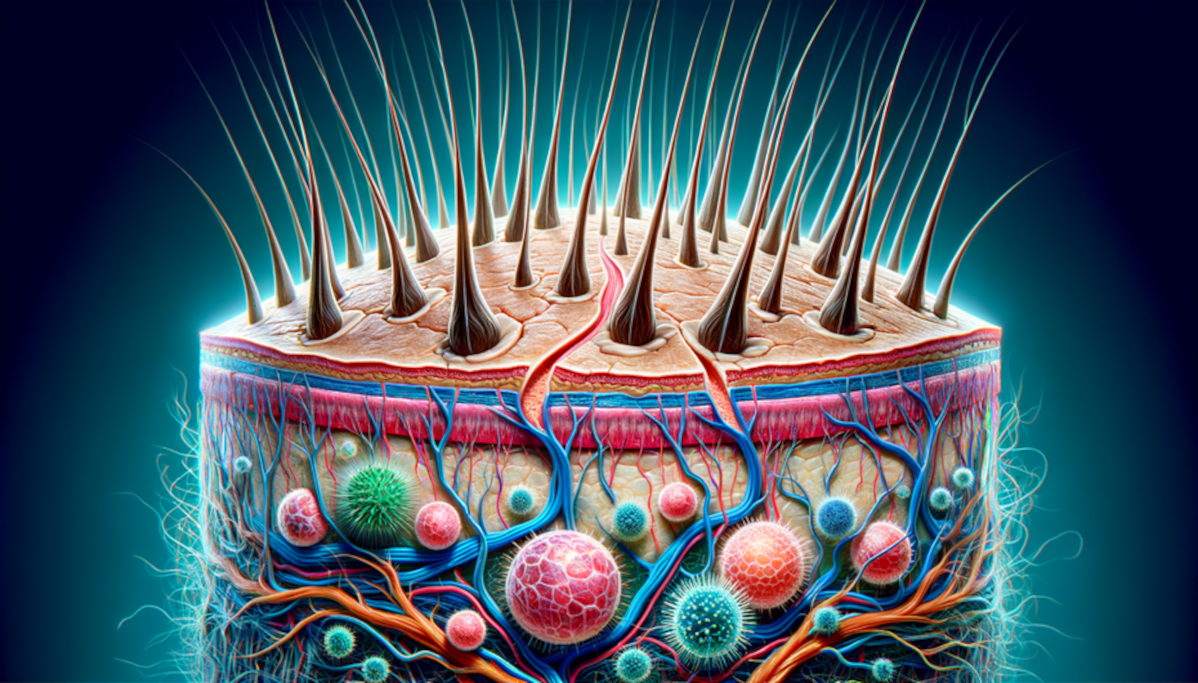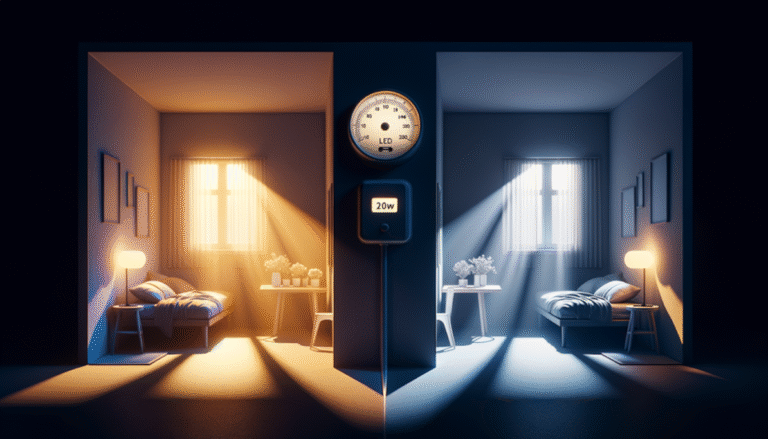You run your fingers through your hair and pause. There it is — another strand sliding off like silk. Panic sets in. “Am I losing too much?” you wonder. Yet moments later, you tug on another hair, and it won’t budge. What gives?
If you’ve ever felt confused about why some hairs fall out effortlessly while others stay anchored like they’re cemented in place, you’re not alone. This isn’t just about hair loss — it’s about understanding the fascinating rhythm of your hair’s natural cycle.
The surprising truth about hair anchoring
Here’s what most people don’t know: not all your hair is in the same phase of growth. Some are growing strong, others are resting, and a few are literally preparing to make their final exit. It’s like a conveyor belt of renewal happening right on your scalp.
Each strand is anchored into your skin by a microscopic structure called the hair follicle — a tiny but complex tunnel made of skin cells and connective tissues. At the very bottom sits the bulb, where blood vessels feed the hair and keep it growing.
Meet the hair growth cycle
Hair goes through three main phases:
- Anagen (Growth Phase): This is the longest phase, lasting 3–7 years. Hairs here are deeply anchored to the follicle and actively growing. These are the strong, hard-to-pull hairs.
- Catagen (Transition Phase): A short, two-week phase where growth stops and the follicle begins to shrink.
- Telogen (Resting Phase): This phase lasts around 3 months. The follicle “lets go,” and the hair eventually falls out naturally or with minimal force.
About 10–15% of your hair is in the telogen phase at any given time. So yes, shedding up to 100 hairs a day is perfectly normal.
The secret anchors beneath your skin
Not all scalp follicles are built equally. The strength of the connection between your hair and your scalp depends on specific biological structures — namely, the integrity of a protein-rich layer called the basement membrane and the presence of structural proteins like collagen IV.
Think of collagen IV like the rebar in concrete. Without it, the follicle’s base weakens, and hair is more likely to slide out. Studies from 2012 and 2017 show that people with reduced levels of collagen IV at the follicle base tend to experience more significant hair shedding, especially when exposed to environmental stressors like pollution or inflammation.
Real-life example: The case of seasonal shedding
In a 2009 European dermatology study, researchers tracked hair density across all seasons. They found that hair shedding peaks in late summer and early fall. Why? Many of those hairs had reached the end of their anagen phase months earlier and were now silently resting in telogen, waiting to fall.
It’s not that hair “dies” in the fall — it’s just that the natural cycle, combined with heat, sun exposure, and stress, can weaken the follicle’s anchor mechanisms in some individuals.
But wait… Don’t blame it all on biology
Hair shedding can also be influenced by:
- Scalp health: Poor circulation, buildup, or inflammation can disrupt follicle support.
- Stress and diet: Emotional or nutritional stress can push hairs prematurely into the telogen phase (also known as telogen effluvium).
- Hormonal shifts: Pregnancy, menopause, and thyroid issues all play a role.
The takeaway: Your hair isn’t falling out — it’s just letting go
So the next time you watch a strand float to the floor, take a deep breath. It’s probably just a telogen-phase hair making a quiet exit. The real magic is happening under the surface — new hairs preparing to grow, follicles quietly repairing, and your body orchestrating a cycle that never stops.
Concerned about excessive hair loss or weakening anchor points? Focus on the root causes:
- Support collagen and basement membrane health with proper nutrition
- Cleanse and nourish your scalp regularly
- Minimize environmental damage (think sun, heat, product overload)
Your hair has a rhythm — once you tune in, you’ll start to appreciate not just how it grows, but how letting go is part of the beauty too.




1 Comment